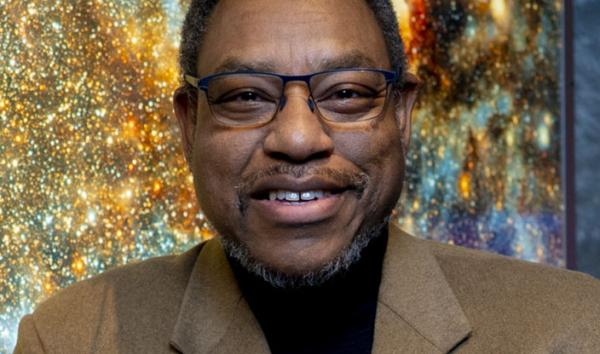
Date:
What an exciting time it was. Fifty years ago, in July 1969, three American astronauts accomplished what the entire world would experience as the most daring expedition ever attempted by humans, a round trip journey to the moon. As a 14-year old with a deep interest in anything related to space exploration, for me every step of the newly emerging space program brought a rising level of excitement and anticipation. New giant rockets, the most complex machines ever designed, were being built to lift astronauts to the moon. Space suits were being created to protect them from the unforgiving environment of the nearby, but alien world. Not one or two, but three astronauts were needed to meet the challenge of navigating the quarter-million-mile, three-day journey to the moon. This would be the greatest distance ever travelled by humans, placing them in such jeopardy that contingency plans for their loss were drawn up and practiced by the President.
The audacious goal was set by President John F. Kennedy seven years earlier in 1962, primarily to demonstrate American military superiority in the space environment. Our adversary, the Soviet Union, was a few steps ahead of the US in space accomplishments. At that time, the growing threat of nuclear weapons possibly being launched toward America by the Soviet totalitarian regime, displaying superior rocket technology, demanded we take control of the space environment. With this imperative, the ‘space race’ was born.
In one sense, the Apollo lunar program was wildly successful. Six missions carried 12 astronauts safely to the moon and back. They explored tiny, but geologically diverse portions of the surface and returned with 842 pounds of rocks. Hundreds of millions of people around the world followed the missions, enthralled by the adventure but captivated by the potential for disaster. Images of the whole Earth from the space re-defined our understanding the Earth’s interdependent ecosystems. Hundreds of technological innovations from the Apollo program have been engineered into every aspect of our 21st century life.
In another sense though, the Apollo program experienced only limited success. With the safe return of Apollo 11, President Kennedy’s primary objective had been accomplished, we won “the space race” (the Soviet Union gave up on sending cosmonauts to the moon in 1970), and the program ended with no real plan to establish a permanent presence on the moon. Ten missions had been planned initially but after the first two landings, with 4 missions yet to be flown, budget cuts had begun scaling back our commitment to Apollo. But funding wasn’t the only reason why the last three missions were cancelled. It was a tumultuous time in the United States. There were critically important social and political issues that directly affected every American family, pulling the nation’s attention away from space exploration. The final mission, Apollo 17, flew in December 1972.
So where are we today? Since the Apollo missions, we’ve sent space probes to gather data from every planet of the solar system. Space telescopes working in every wavelength have imaged the darkest corners of the universe digging out answers to the most compelling questions about our origins and fate. Over the past 20 years, International Space Station, has been our low earth orbit microgravity and space operations training facility for astronauts from 18 countries.
When we ask about the legacy of the Apollo program, despite its shortcomings, Apollo still stands as a shining example of determination, accomplishment and bravery. Apollo set the standard for what could be done if purpose, planning, ingenuity, focus and funding can be brought together by the right team.
Our future in human space exploration looks towards returning to the moon and perhaps going on to Mars within the next decade. The challenges of sending explorers out into the solar system will demand an even greater degree of innovation, focus, and funding because the destinations are not as easy and the cargo is precious. But since the urge to explore seems to be hard-wired into our genes, let’s use what we’ve learned from all of our space experiences to lift humans off Earth once again on voyages to the next intriguing destinations in space.
And how was that space-engrossed 14-year old affected by Apollo? His burning interest in all things space-related grew into an amazing career at an institution whose mission to inspire a passion for learning about science and technology drives him to feed the curiosity of its visitors, particularly the youngest ones, who one day might be the first of a new set of deep space explorers. Sic itur ad aspera (Thus one journeys to the stars!)!


